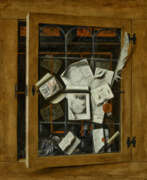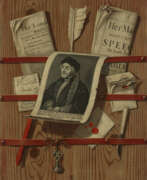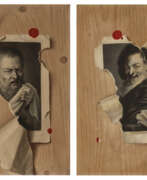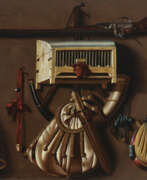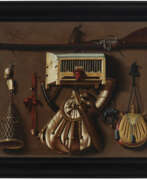Trompe-l’œil
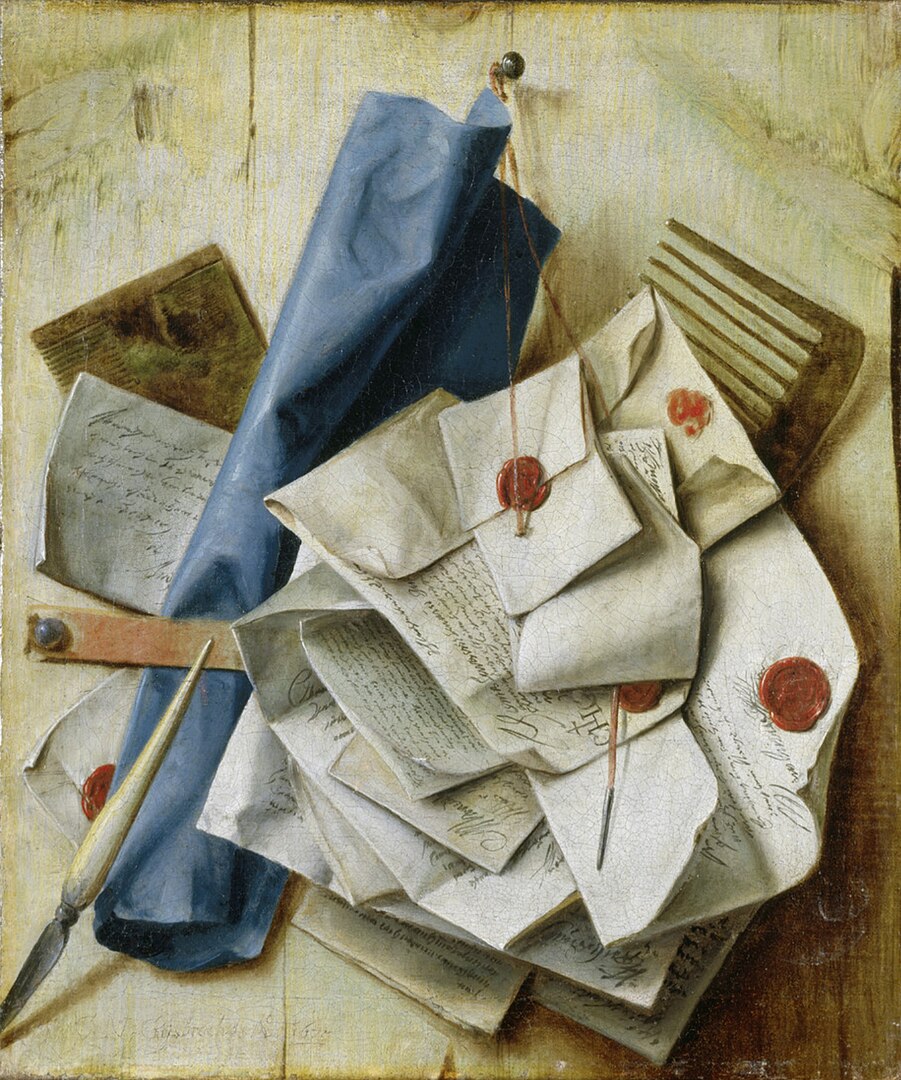
Trompe-l’œil
Trompe-l’œil, a French term meaning "deceive the eye," is a painting technique that creates the optical illusion of three-dimensionality. Coined in 1800 by Louis-Léopold Boilly, the practice dates back to the Roman Empire and gained prominence in the Italian Renaissance. This art form thrived in the 17th century, notably among Dutch artists like Edwaert Collier who mastered the depiction of realistic objects, such as letter racks that appeared to invite viewers to touch. Trompe-l’œil was used in grand architectural designs to create illusions of infinite space, a technique known as di sotto in sù, and has continued to evolve, finding modern expression in street art where painters like Edgar Mueller and Julian Beever use perspective to create lifelike scenes.
Collectors, auctioneers, and art and antiques experts recognize trompe-l’œil for its intricate skill and the challenge it presents to our perceptions of reality. Works by artists such as Andrea Mantegna, with his Camera degli Sposi ceiling oculus, and Masaccio's Holy Trinity, are historical testaments to the enduring appeal of this art form.
If you are captivated by the art of illusion and wish to stay informed on new sales and auction events featuring trompe-l’œil, sign up for our updates. This subscription is strictly for alerts on new product sales and auction events related to trompe-l’œil and its legacy in the art world.

